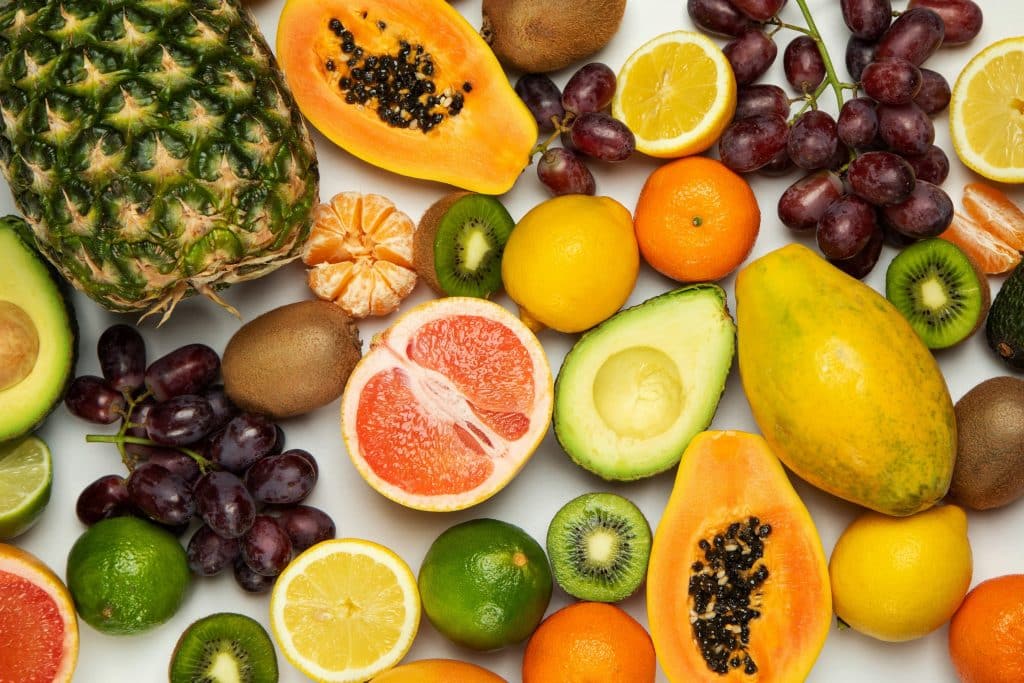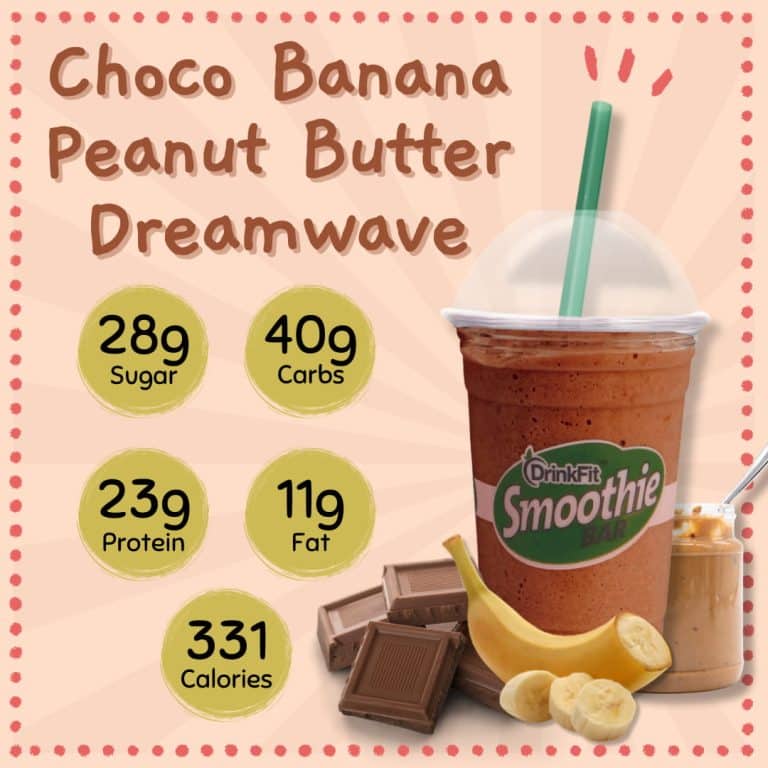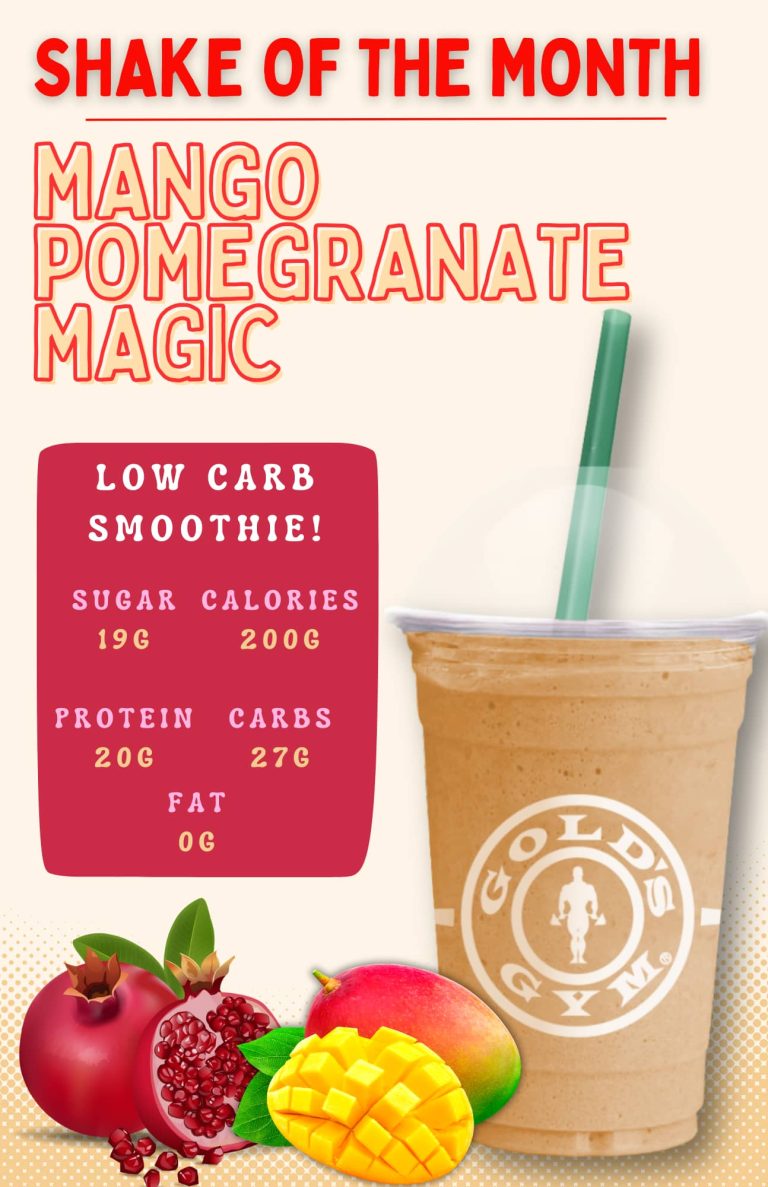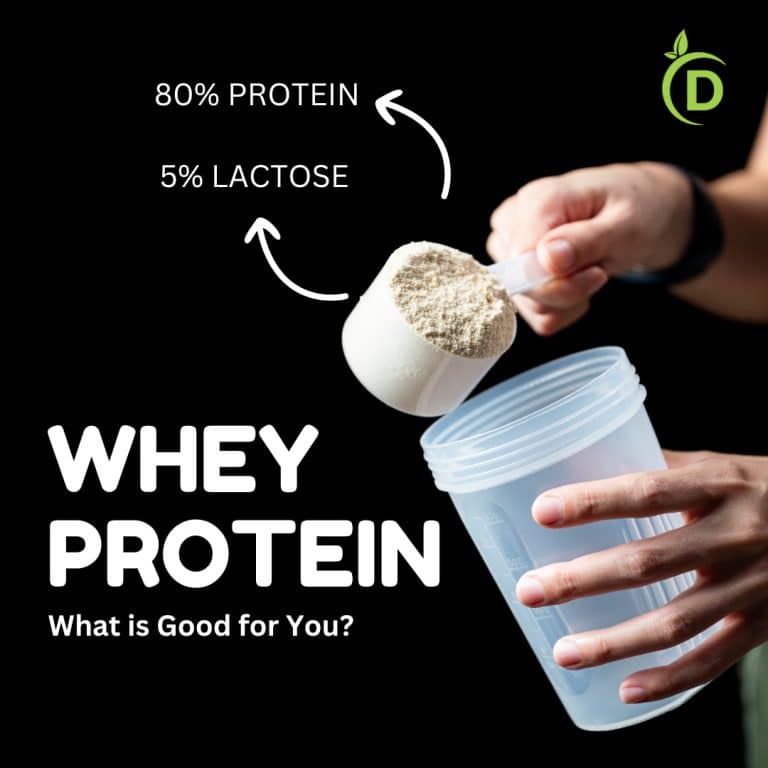Say Goodbye to Sugar Spikes: Best Fruits for Diabetics
Bea
April 5, 2023

Diabetes is a chronic condition that affects millions of people worldwide, and managing it requires a careful approach to low-carb diet and lifestyle. While fruits are generally considered a healthy food, some fruits can be a double-edged sword for people with diabetes. The natural sugars in some fruits can cause sugar levels to spike, leading to complications and a range of health problems.
How Does Fruit Affect Blood Sugar?
Fruit is a healthy and nutritious food that contains natural sugars, mainly in the form of fructose. When consumed, these sugars are broken down and released into the bloodstream, causing a temporary increase in blood glucose levels.
The impact of fruit on sugar levels can vary depending on the type of fruit and how it is consumed. Fruits with a high glycemic index (GI) are more likely to cause a rapid blood sugar spike, while fruits with a low GI are less likely to cause a significant increase in pure glucose alone.
So you may ask, what fruit low in sugar? is cantaloupe ok for diabetics? Most fruits with a low glycemic index include berries, cherries, grapefruit, apples, pears, and plums. These fruits also contain fiber, which helps slow down the absorption of sugar into the bloodstream, and other nutrients that promote overall health.
On the other hand, common fruits used with a high glycemic index include watermelon, pineapple, mango, and ripe bananas. A few fruits can cause a more significant increase in sugar levels, especially when consumed in large amounts or without other foods that can slow down their absorption.
It’s important to note that the total amount of carbohydrates in a full serving size of fruit also plays a role in its impact on sugar levels. For example, a small serving of watermelon has a high GI but a relatively low carbohydrate content, while a large serving of grapes has a low glycemic index but a higher carbohydrate content.
In controlling blood glucose levels, it’s recommended to consume fruit in moderation and as part of a balanced meal or snack that contains protein, fiber, and healthy fats. This can help slow down the absorption of sugar into the bloodstream and promote overall health and well-being.
How is the glycemic index (GI) determined?
The glycemic index is basically a way to measure how quickly the carbohydrates in food raise blood sugar levels. To determine a food’s glycemic index, researchers have a group of people eat a portion size the food and then monitor their sugar levels over the next couple of hours. They compare the results to a standard reference food, like glucose or white bread, which has a glycemic index value of 100. Based on how quickly the food causes blood sugar level to rise, they assign it a glycemic index value of low, medium, or high. So, essentially, the glycemic index is a way to help people understand how different foods affect their blood sugar levels.
A food with a glycemic index value of 70 or higher is considered high, a value between 56 and 69 is considered medium, and a value of 55 or less is considered low.
The glycemic index of individual foods such as sweet & savory goodbyes products can be affected by various factors, such as food processing, cooking methods, and the presence of other nutrients in the food. Therefore, it is important to note that the glycemic index value of a food is not always a reliable indicator of its effect on sugar levels in all individuals.
Despite its limitations, the glycemic index can also be useful in promoting overall health and well-being by encouraging the consumption of low-GI foods that are more slowly absorbed, provide sustained energy, and promote satiety.
High Glycemic Load Fruits
It’s important to note that the glycemic index value of fruit can vary depending on factors such as ripeness, variety, and preparation method.

- Watermelon is a popular summer fruit with a high glycemic index value of 72. While it is a good source of hydration and contains vitamins and minerals, it is also high in natural sugars and can cause a rapid increase in sugar levels.
- Pineapple is another tropical fruit that is high in natural simple sugars and has a GI value of 66. It is a good source of vitamin C and contains enzymes that aid in slow digestion, but people with diabetes or other conditions that affect blood pressure or sugar may want to consume it in moderation.
- Mango is a sweet and juicy fruit that is rich in antioxidants and vitamins, but it also has a high glycemic index value of 56-60. Eating too much mango or consuming it on an empty stomach can cause a rapid increase in sugar levels.
- Ripe bananas are another high glycemic index foods that can cause a rapid spike in sugar levels. The more ripe a banana is, the higher its GI value, as the natural sugars become more concentrated. However, bananas also contain fiber and other important nutrients, so they can still be a healthy food choice in moderation.
- Dried fruits like dates and raisins have a high concentration of natural sugars, as their water content has been removed. This makes them even high GI foods than their fresh counterparts. For example, dates have a GI value of 103, while raisins have a value of 64-72. While they can be a convenient and healthy snack, it’s important to consume them in moderation, especially for people with diabetes or other conditions that affect blood sugar.
- Papaya is a tropical fruit with a glycemic index value of 60-65. It is a good source of vitamins and minerals, but it is also high in natural sugars.
- Cantaloupe is a sweet and juicy melon with a glycemic index value of 65. While it is a good source of vitamin C and other nutrients, it can cause a rapid increase in sugar levels.
- Apricots are a small, orange fruit that are considered high glycemic index foods, high in natural sugars and has a GI value of 57-64. While it is a good source of vitamins and minerals, it can cause a rapid spike in blood sugar level.
Low Glycemic Index Fruits for Diabetics
Low glycemic index (GI) fruits cause a gradual and steady increase in sugar levels when consumed. These fruits are often recommended by the American Diabetes Association for people with diabetes or other conditions that affect blood sugar because they can help to regulate their blood levels and provide sustained energy. Some examples of low gi scale fruits include:

- Berries. Strawberries, raspberries, blueberries, dried cranberries, and blackberries all have a low glycemic load value of around 40-50. They are also high in fiber, antioxidants, and other important nutrients.
- Apples also have a low GI value of 38-44 and are high in fiber, vitamins, and antioxidants. They are also a good source of pectin, a type of soluble fiber that can help to regulate blood levels.
- Pears have a glycemic index value of 38-43 and are also high in fiber and other nutrients. They can be a good choice for a low GI snack or dessert.
- Cherries have a glycemic index value of 22-32, making them one of the lowest GI fruits. They are also high in antioxidants and can help to reduce inflammation in the body.
- Grapefruit has a glycemic index value of 25-30 and is also high in vitamin C and other nutrients. It is often recommended as part of a healthy breakfast or snack.
- Other low glycemic load fruits include peaches, plums, oranges, and kiwi.
When consuming low glycemic foods, it’s important to choose fresh, whole fruits rather than fruit juices or processed fruits, which can be higher in sugar and have a higher GI value. Additionally, combining low glycemic index fruits with protein, fiber, and healthy fats can help to slow down the absorption of sugar into the bloodstream and provide sustained energy.
The Benefits of a Low Glycemic Index Foods Diet
The key to managing sugar levels in frozen fruit is to choose the right types and eat them in moderation. Including various fruits and vegetables in large portion sizes can provide a range of essential nutrients and contribute to overall health, but it’s important to balance fruit intake with other sources of fiber, protein, and healthy fats to help regulate blood sugar levels and manage diabetes effectively.
A low glycemic index (GI) diet has several benefits for overall health and can be especially beneficial for people with diabetes or those at risk of developing the condition. Here are some of the benefits of a low GI diet:
- Better blood glucose metabolism: Consuming foods with a low GI can help to regulate sugar levels and prevent blood sugar spikes and crashes. This is because low-glycemic foods are digested more slowly, which results in a slower and more gradual release of glucose into the bloodstream. This can be especially important for people with diabetes, as it can help to prevent hyperglycemia (high blood sugar) and hypoglycemia (low sugar) episodes.
- Improved weight management: Low glycemic load foods tend to be more filling and can help to reduce appetite and prevent overeating. This is because they are digested more slowly, which can help to keep you feeling full and satisfied for longer periods of time. Additionally, a low GI diet may also help to reduce the risk of obesity by promoting weight loss and preventing weight gain.
- Reduced risk of heart disease: A low GI diabetes diet can help to reduce the risk of heart disease by improving cholesterol levels and reducing inflammation in the body. Low glycemic index foods tend to be high in fiber, which can help to lower LDL (bad) cholesterol levels and improve HDL (good) cholesterol levels. Additionally, a low GI diet can help to reduce inflammation in the body, which is a key factor in the development of heart disease.
- Improved digestive health: Low glycemic index foods are often high in fiber, which can help to promote healthy digestion and prevent constipation. Fiber helps to bulk up the stool and promote regular bowel movements, which can help to prevent digestive issues such as constipation, hemorrhoids, and diverticulitis.
- More sustained energy: Consuming low GI fruits can provide sustained energy throughout the day, which can help to improve focus, concentration, and productivity. This is because low GI fresh fruits are digested more slowly and provide a steady source of glucose to the brain and body. This can be especially beneficial for athletes, students, and people with physically demanding jobs.
Overall, a low GI diet can be a healthy and sustainable approach to eating that can provide numerous overall health benefits and well-being. By choosing low GI foods such as many fruits, vegetables, whole grains, and lean proteins for healthy diet, you can help to regulate sugar levels, manage weight, reduce the risk of chronic diseases, and promote optimal health.
Healthy Ways to Eat Low Sugar Fruits
Eating fruit is a great way to add important nutrients and fiber to your diet. However, it’s important to be mindful of how you eat fruit, as some methods can be less healthy than others. Here are some tips for healthy ways to eat fruit:

- Eat whole fruit: Eating whole fruit, rather than drinking fruit juice or smoothies, is a great way to get the full benefit of the fruit’s fiber and nutrients. When you juice or blend fruit, you remove much of the fiber and can end up consuming a lot of sugar in a short amount of time.
- Pair fruit with protein or healthy fat: Pairing fruit with a source of protein or healthy fat can help to slow down the digestion and absorption of the fruit’s natural sugars. For example, try eating an apple with a small handful of nuts or adding avocado to a fruit smoothie.
- Practice portion control: While fruit is healthy, it’s still important to practice portion control to avoid consuming too much sugar in one sitting. A serving of fruit is typically around one medium piece of fruit or 1/2 cup of chopped fruit.
- Vary your fruit intake: Eating a variety of different fruits can help to ensure that you’re getting a wide range of nutrients and antioxidants. Try to incorporate different colors and types of fruit into your diet, such as berries, citrus fruits, apples, and bananas.
- Eat fruit as a snack: Eating fruit as a snack is a great way to curb hunger and avoid unhealthy snacks. Try packing a piece of fruit, such as an apple or banana, with you to work or school for a mid-morning or afternoon snack.
- Use fruit as a natural sweetener: Instead of using processed sugars to sweeten your food, try using fruit as a natural sweetener. For example, you can add mashed bananas or unsweetened applesauce to baked goods, or use dates to sweeten smoothies.
- Try grilling or roasting fruit: Grilling or roasting fruit can bring out its natural sweetness and add a delicious flavor. For example, try grilling peaches or pineapple for a sweet and savory dessert, or roasting apples with cinnamon for a healthy snack.
- Experiment with new fruit recipes: There are countless ways to incorporate fruit into your meals, from fruit salads and smoothie bowls to grilled fruit kabobs and fruit salsa. Experiment with new recipes to find fun and creative ways to enjoy fruit.
- Choose seasonal and local fruit: Choosing seasonal and local fruit is not only better for the environment, but it can also be more nutritious and flavorful. When fruits are in season, they tend to be more abundant and at their peak freshness, which can make them more enjoyable to eat.
By choosing healthy, low GI fruits and vegetables and incorporating them into a balanced and varied diet, people with diabetes can enjoy the nutritional benefits of fruit without negatively impacting their sugar levels. It’s always important to consult with a healthcare provider or registered dietitian to determine the best diet for your individual needs and health goals. They can choose foods, and help you create a nutrition guide and a personalized meal planning that considers your blood sugar levels, medications, and lifestyle factors.
Leave A Comment
Warning: Undefined variable $post in /home/drinkfit/development.drinkfit.com/wp-content/plugins/code-snippets/php/snippet-ops.php(582) : eval()'d code on line 4
Warning: Attempt to read property "ID" on null in /home/drinkfit/development.drinkfit.com/wp-content/plugins/code-snippets/php/snippet-ops.php(582) : eval()'d code on line 4
Warning: Undefined variable $post in /home/drinkfit/development.drinkfit.com/wp-content/plugins/code-snippets/php/snippet-ops.php(582) : eval()'d code on line 5
Warning: Attempt to read property "ID" on null in /home/drinkfit/development.drinkfit.com/wp-content/plugins/code-snippets/php/snippet-ops.php(582) : eval()'d code on line 5
Warning: Undefined variable $post in /home/drinkfit/development.drinkfit.com/wp-content/plugins/code-snippets/php/snippet-ops.php(582) : eval()'d code on line 28
Warning: Attempt to read property "ID" on null in /home/drinkfit/development.drinkfit.com/wp-content/plugins/code-snippets/php/snippet-ops.php(582) : eval()'d code on line 28

 0
0


